

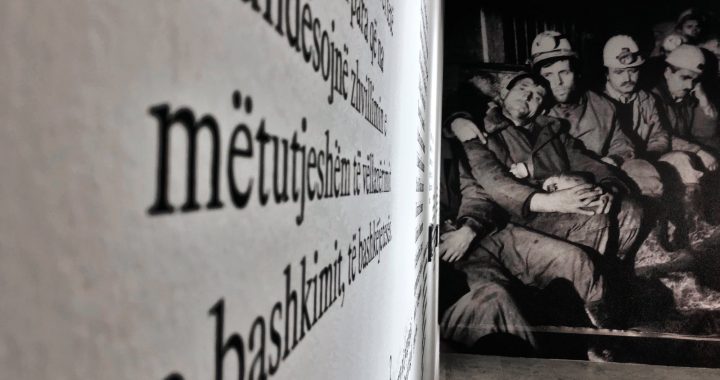 "Space of Political Struggle: Trepça Mine 1989" exhibition at National Museum of Kosovo. Photo: Antigonë Isufi/BIRN
"Space of Political Struggle: Trepça Mine 1989" exhibition at National Museum of Kosovo. Photo: Antigonë Isufi/BIRN
An exhibition about the strike of the Trepca miners in 1989 opened in the National Museum of Kosovo, which had opposed the constitutional changes that suppressed the autonomy of Kosovo at that time.
The exhibition curated by Ermirë Krasniqi titled Space of political effort: Trepça Mine 1989, opened on Wednesday.
Through this exhibition, the organizers bring to the public the history of the strike of the miners of Trepça in Mitrovica which took place in February 1989.
The realization of this exhibition is also based on testimonies from miners who participated in the strike.
“The exhibition starts from the commitment to understand the new forms of political engagement that found articulation during the miners’ strike organized from February 20 to February 28, 1989. The underground was the space of their political efforts and the location from which they created another relationship with what was happening politically above ground,” – the Oral History Initiative’s announcement about the exhibition reads.
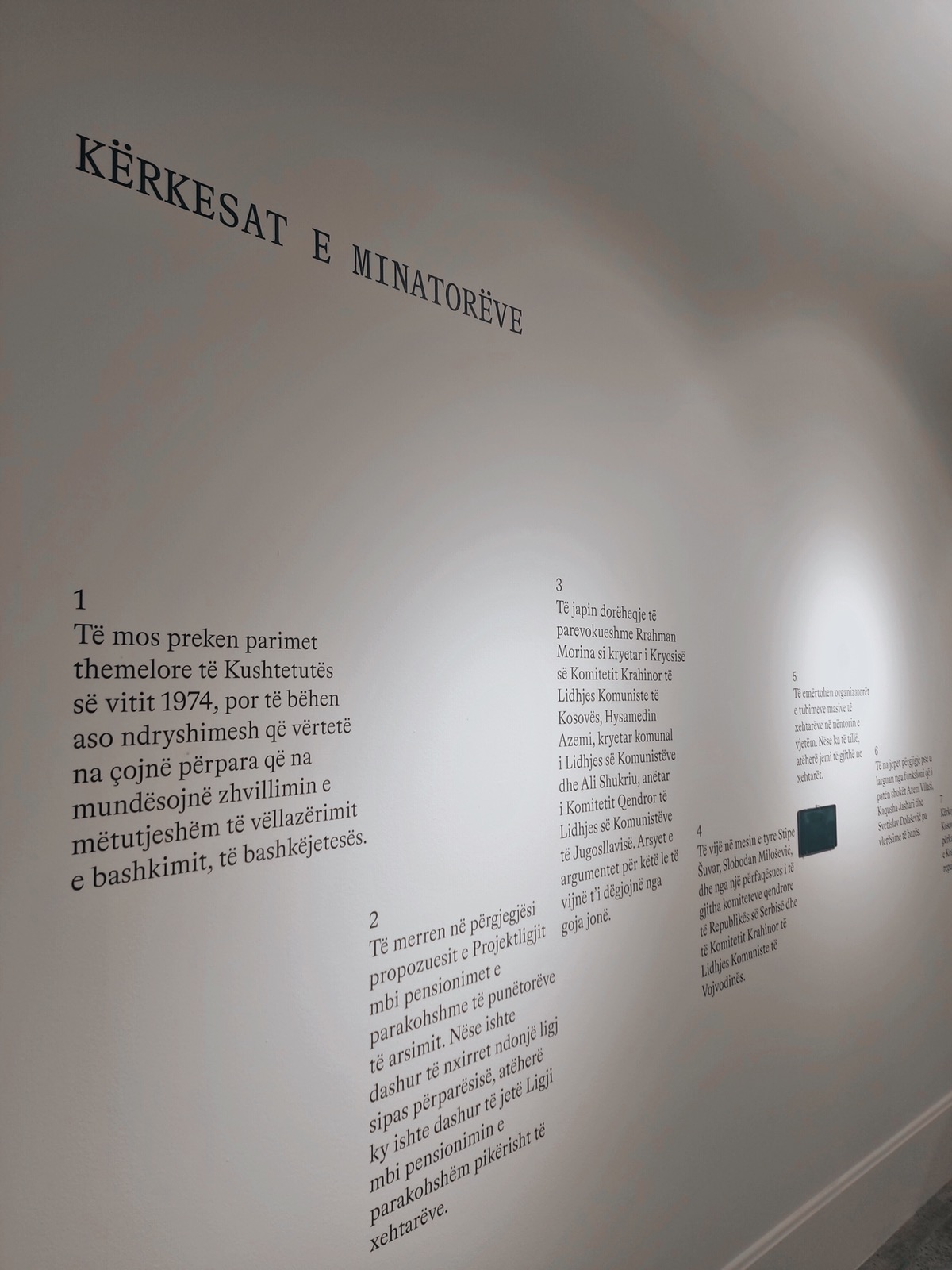
On February 20, 1989, about 1,300 miners initiated a hunger strike by closing in the galleries of the Trepça mine to oppose the constitutional changes that suppressed the autonomy of Kosovo, at the time. The strike helped internationalize the issue of the status of Kosovo.
Leaders of the Communist League of Yugoslavia visited the miners during the strike to discuss their demands. Of their 10 demands, three of them dealt with higher education, political representation, and the autonomy of the country.
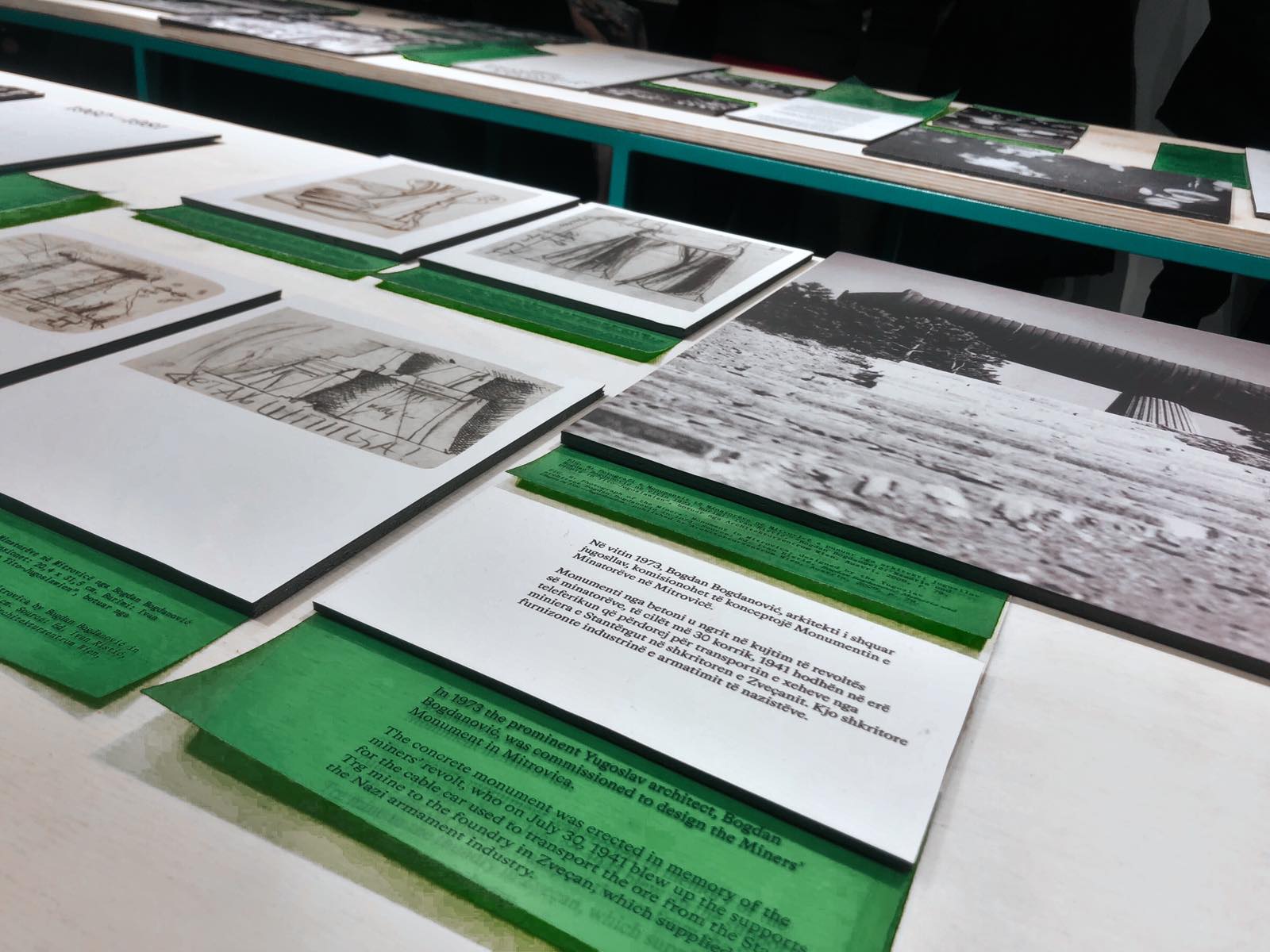
One day after the end of the strike, on March 1, 1989, 13 Trepca workers were imprisoned for 14 months for irredentist activity. Also, all the 1,300 striking workers were sentenced and politically persecuted.
Due to the deepening of division along ethnic lines, the miners were sentenced to 30 or 60 days in prison. Lawyers from all over Yugoslavia volunteered to represent them in court.
A year after the strike, the expulsion of all Albanians from work, together with the expulsion of pupils and students from university schools, began.
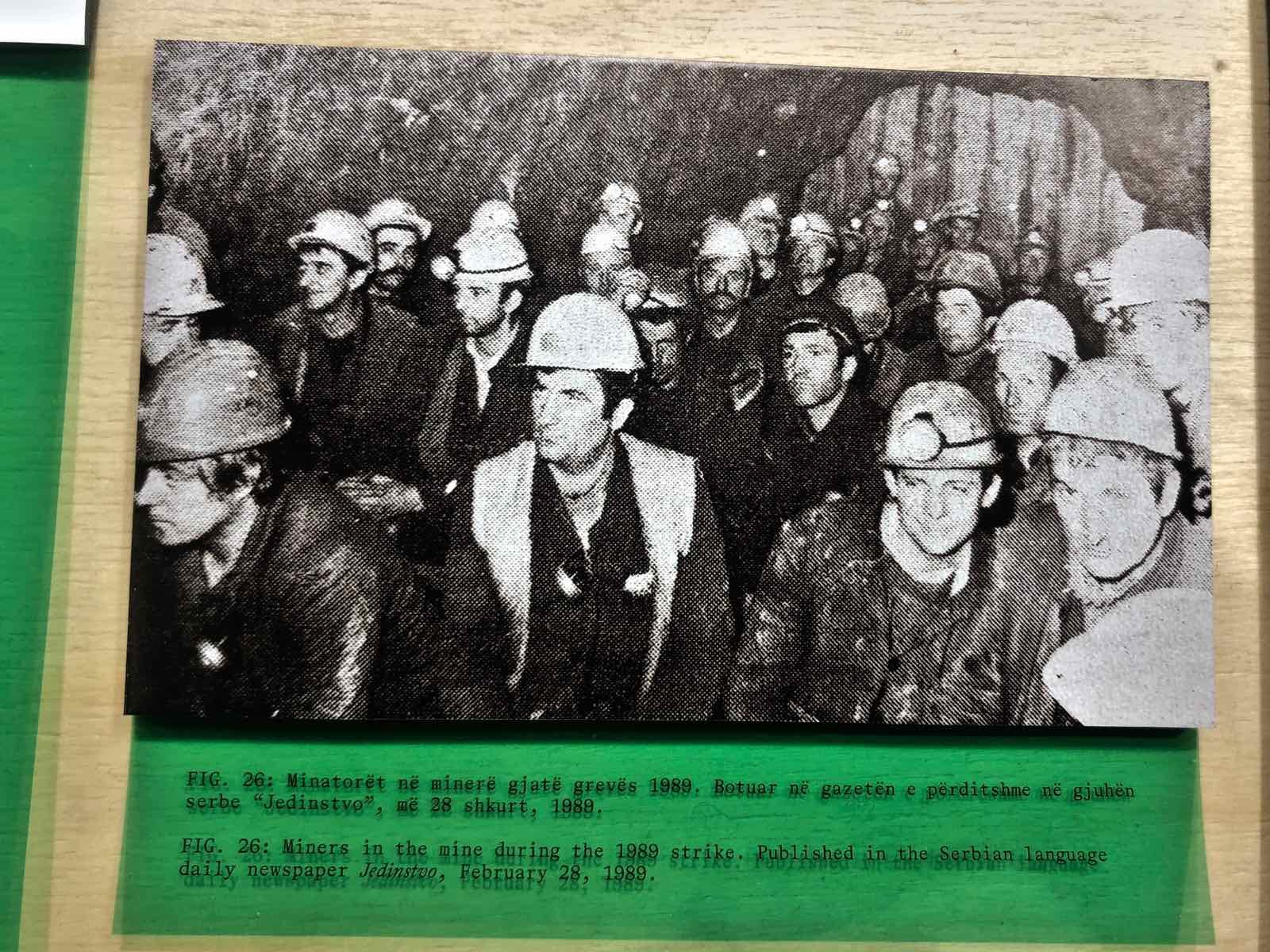
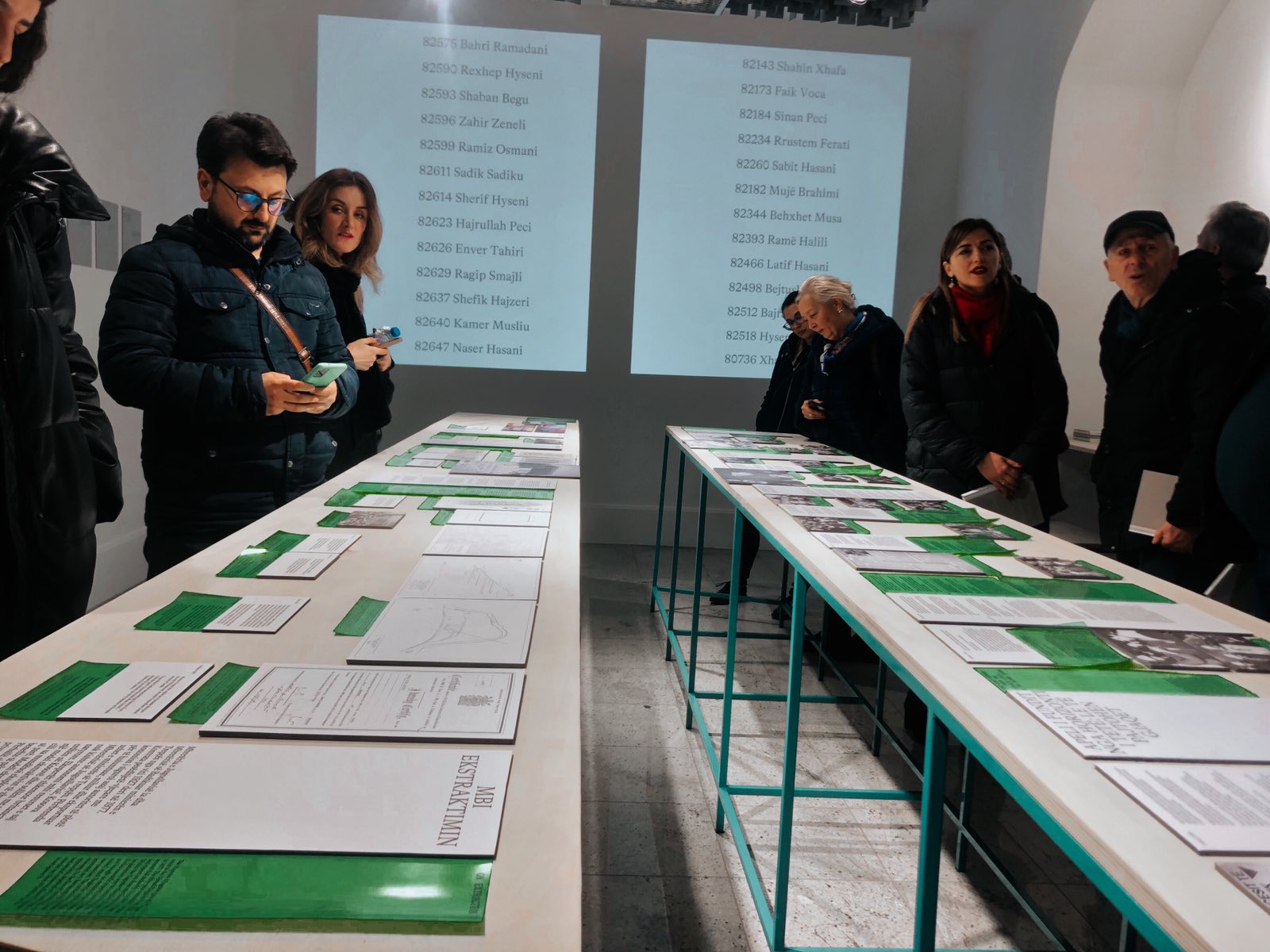
Participants in the research and realization of this exhibition were the Oral History Initiative and the ZFD forum.
The research and exhibition was made possible by support from the German Federal Ministry for Economic Cooperation and Development and the National Endowment for Democracy .
The exhibition will remain open until February 28, 2023 at the National Museum of Kosovo.
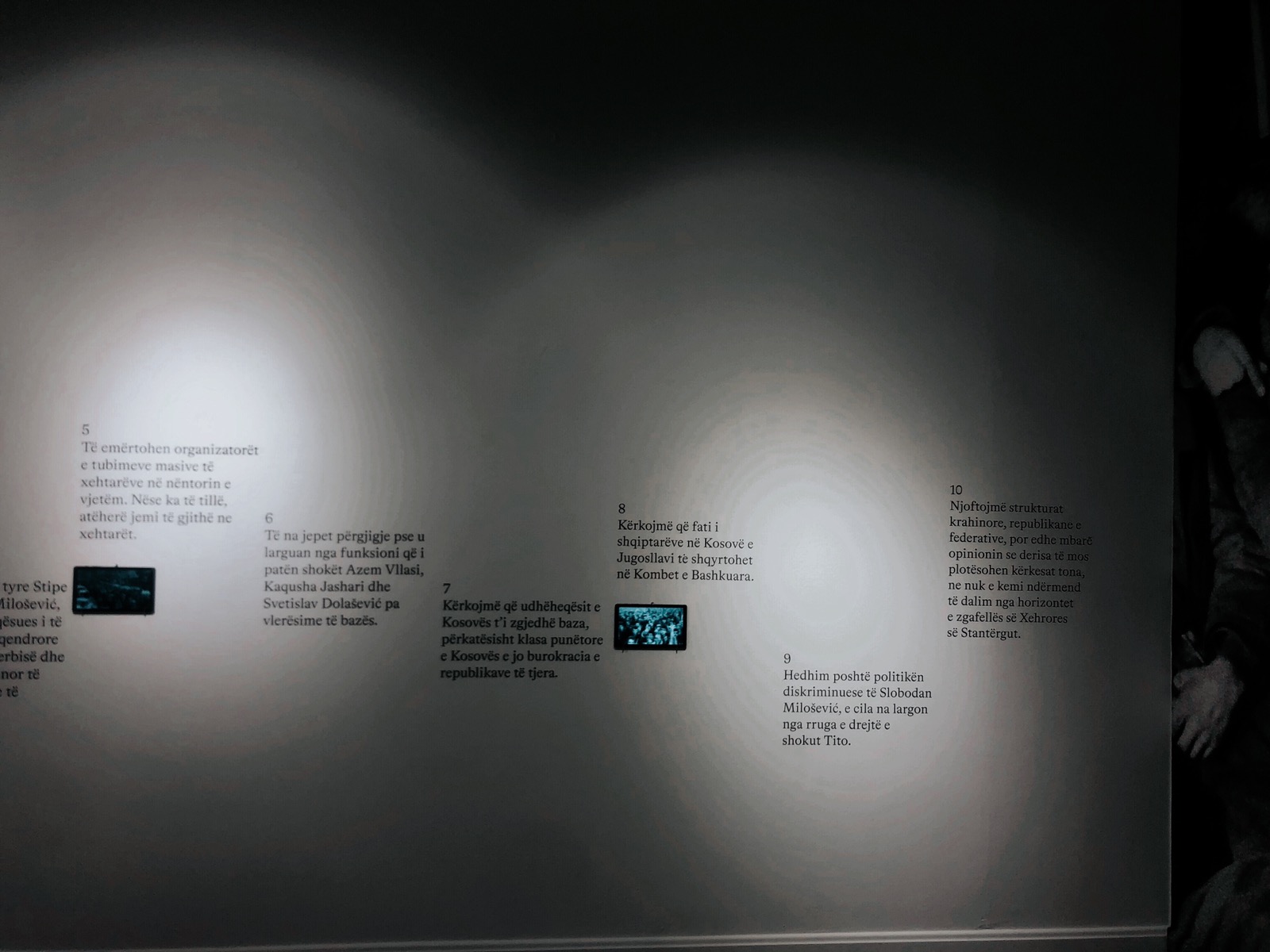
02 February 2023 - 16:19

From flour bags to gallery walls, the young Gazan artist Hussein al-Je...

Kosovo art students bring their ideas to life by exploring current eve...

Marking the first anniversary of BIRN’s Reporting House exhibition, ...

BIRN’s Reporting House, a museum to protect Kosovo’s collective me...
Lorem ipsum dolor sit amet, consectetur adipisicing elit. Optio, possimus obcaecati repellendus minus ut voluptatum laboriosam, neque fuga velit! Asperiores sint facere accusamus. Enim, omnis vero magnam beatae tenetur, et, architecto aliquid neque facilis itaque doloremque maxime sit. Alias sapiente ab odio corrupti reprehenderit beatae eius quis tempora, perspiciatis obcaecati culpa debitis molestias, officiis, nulla iste delectus tenetur sunt dolorem ea perferendis laboriosam, praesentium voluptatibus velit atque sint. Eligendi deserunt fugiat molestiae ex, animi, libero asperiores quis perferendis vero quibusdam, inventore dicta optio minus fuga reprehenderit officia quas dolorum error amet aliquid. Aut, non mollitia, corrupti nesciunt fuga vel hic.